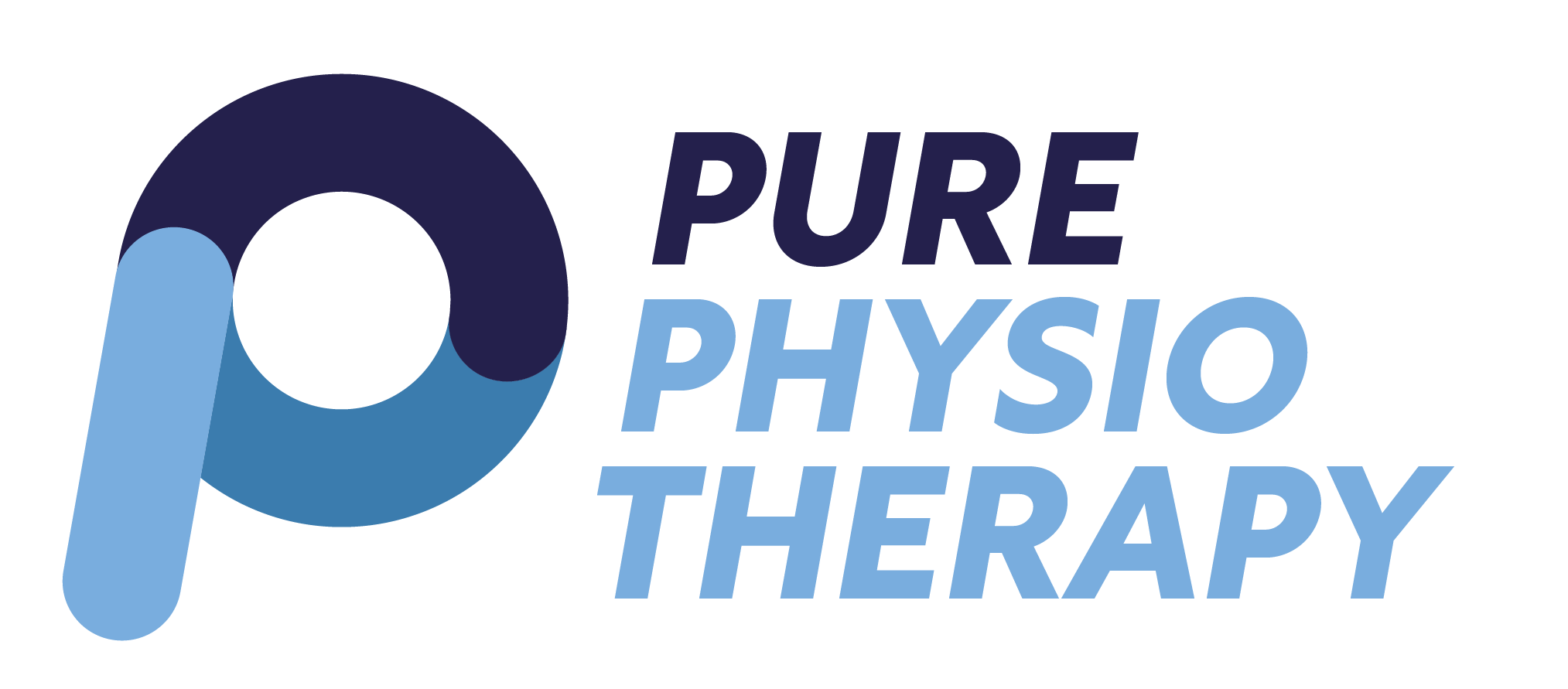Lifting – always try to avoid unnecessary strain on your pelvic floor muscles. If you have to lift in your job or daily routine, get advice about safe lifting and equipment to help.
The knack – tighten your pelvic floor muscles before any activity which involves a rise in intra-abdominal pressure – coughing, sneezing, lifting, carrying, bending – even laughing sometimes!
Constipation – get help from your doctor if you tend to strain on the toilet. Make sure that your diet has enough fibre and that you drink at least 1.5 litres of fluid per day.
Bladder problems – do not reduce your fluid intake to try and reduce the frequency as it may make your urine stronger which can cause more irritation of the bladder. Avoid fizzy and caffeinated drinks. To help with the urgency of needing to go to the toilet, sit down if you can, use your pelvic floor muscles to help the bladder relax and wait until the strong urge passes.
Toileting position – using a step or stool under your feet while on the toilet helps create a squatting position which will reduce pressure into your rectum when passing a stool. This will reduce pressure on the ligaments and muscles in this area. It is also important to ensure you always sit and relax on the toilet and not get in a habit of hovering as this does not allow your pelvic floor to relax completely while you empty your bladder.
Relaxation – it is just as important to have pelvic floor muscles that can relax as it is for them to be strong. Increased stress can cause changes to your posture and breathing and this can put more tension in all our muscles, our pelvic floor included. Practising some mindfulness techniques can help to improve our breathing techniques, as well as relax our muscles.
There are many apps available online that can help with this. You can also find out more about simple relaxation methods in our booklet on the ‘Mitchell Method of Relaxation’.
- Weight – if you are overweight, try to lose weight. Even quite small changes in weight can help with your symptoms. Seek help from your doctor if you have tried but not succeeded with weight loss.
- Exercise – if you find that you have stress urinary incontinence with exercise, try a low impact activity such as Pilates/walking/swimming. You might need to avoid very high impact exercises which involve jumping, heavy weights or prolonged increases in intra-abdominal pressure, e.g. double leg lifts, (until your symptoms have been assessed).
- Smoking – try to give up if you can. Your doctor might be able to refer you to a smoking cessation group.




